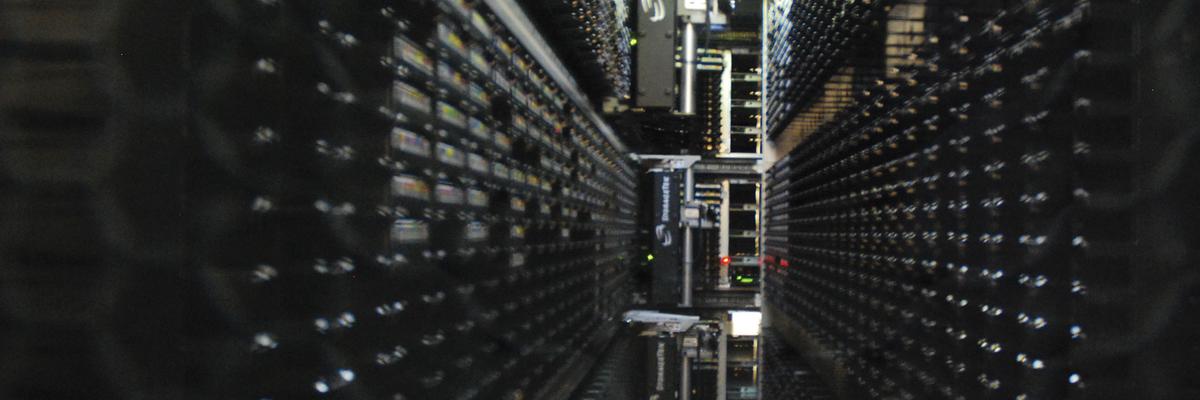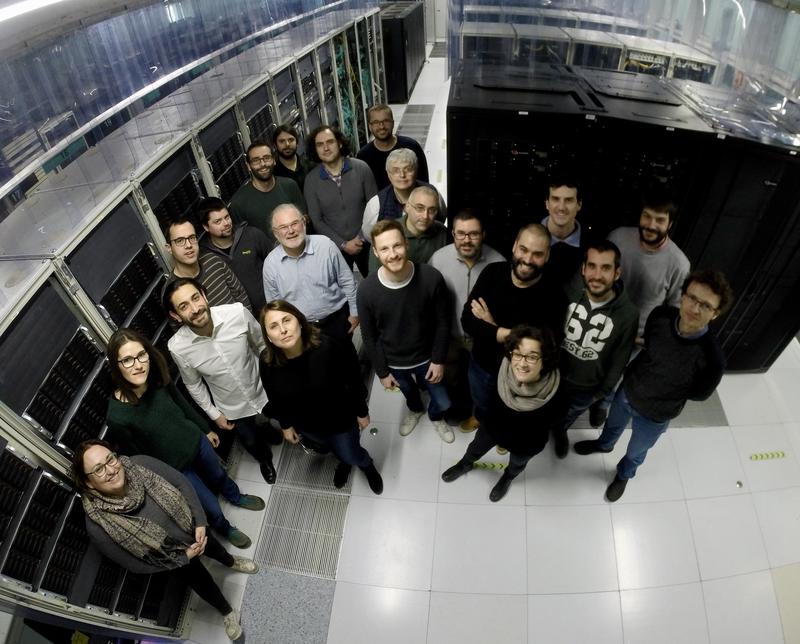Highlight
PIC enters the ICTS map
March 15, 2022
The inclusion of PIC in the new ICTS map is a milestone, as it will open up new avenues for establishing collaborations with research groups facing data analysis challenges.

The Council for Science, Technology and Innovation Policy of the Ministry of Science and Innovation has approved the update of the Map of Unique Science and Technology Infrastructures (ICTS) of Spain for 2021-2024 with the incorporation, among other facilities, of the Port d’Informació Científica (PIC ). The presentation of the new ICTS map took place at the Centro de Investigaciones Energéticas, Medioambientales y Tecnológicas (CIEMAT) in Madrid with the presence of Minister Diana Morant.
The ICTS map presented includes four new infrastructures, including the Port d’Informació Científica (PIC), a scientific-technological center specializing in data-intensive research, operated by the Institut de Física d’Altes Energies (IFAE) and CIEMAT, with the additional support of the Universitat Autònoma de Barcelona (UAB), appears as a new ICTS in Catalonia.
PIC was incorporated in 2020 into the Spanish Supercomputing Network (RES ), an infrastructure that connects 14 supercomputing centers in Spain and since 2007 has been providing high-performance computing services to the scientific community. The RES is recognized as an ICTS by the Ministry of Science. As of today, PIC, as the node of this distributed infrastructure, is also gaining this recognition.
The inclusion of PIC in the new ICTS map is an important milestone for PIC, as it will open up new avenues for collaborations with research groups facing data analysis challenges, and for funding these activities.
PIC: Port d’Informació Científica
PIC was created in 2003 to participate in the design and construction project of CERN’s Large Hadron Collider (LHC) data processing system. The starting point is therefore particle physics, as a leading discipline in the analysis of huge volumes of data, but one of the original objectives PIC is to develop multidisciplinary services and transfer this knowledge to other scientific fields that face challenges of data analysis.
Since its inception, and to this day, PIC has operated a first-tier (Tier1) center for the LHC’s data processing system, the world’s largest distributed computing system. Its data center currently has a storage capacity of 50 Petabytes and 10,000 computing cores, configured as an optimized system for analyzing large volumes of data. One of the unique features of PIC is network connectivity, which currently has a capacity of 200 Gbps and an annual traffic of more than 70 Petabytes, the highest in the Spanish academic network.

PIC manages data from other international experiments such as the MAGIC and LST telescopes, the ESA Euclid satellite, the VIRGO / LIGO gravitational wave detectors and the DUNE neutrino detector. In addition to participating in these major international experiments, PIC also collaborates with local research groups.
PIC is currently collaborating with UAB researchers on projects in different disciplines. Some examples are the group of Dra. Gara Villalba, of the Institut de Ciència i Tecnologies Ambientals, which investigates the impact of green infrastructure on sustainability in urban environments, with funding from the prestigious European Research Council, the group of Prof. Antonio Barbadilla of the Dept. of Genetics and Microbiology, which analyzes large sets of genomic data to make studies of genetic variability and evolution, the group of Superconductivity of Prof. Àlvar Sànchez from the Dept. of Physics that makes simulations of magnetic fields with superconductors that require a lot of memory, or the collaboration between Prof. Miquel Àngel Senar, of the Dept. of Computer Architecture and Operating Systems of the School of Engineering, and Josep Piñol, of the Centre de Recerca Ecològica i Aplicacions Forestals (CREAF), who develop algorithms to investigate biodiversity from genomic sequencing data. PIC also collaborates with researchers from the Corporació Sanitària Parc Taulí who, in order to carry out their research, need to analyze large amounts of omic data and have an environment that facilitates collaboration with researchers from other centers.
- IFAE Research group
- Port d'Informació Científica
- Contact
